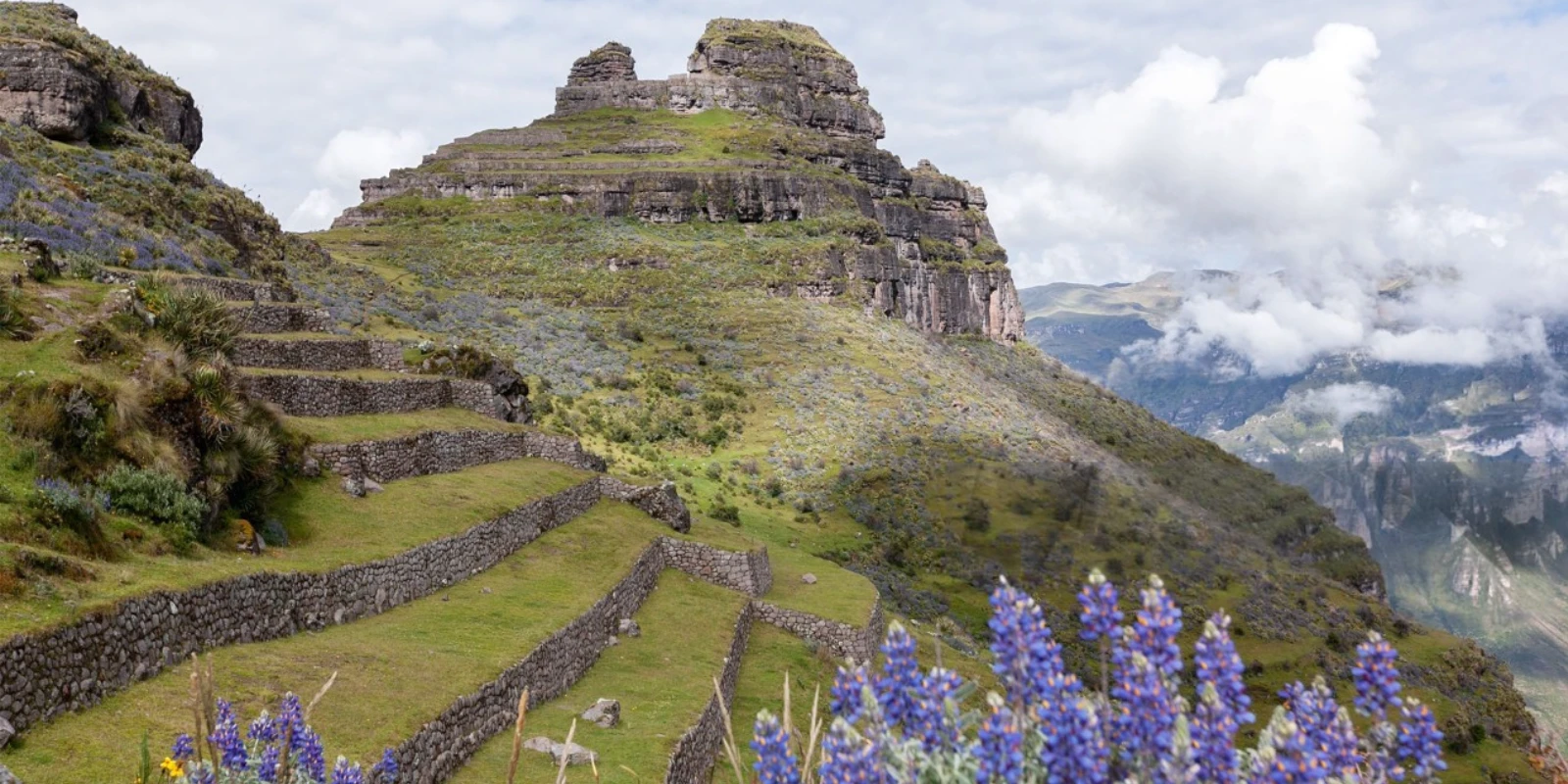Peru is worth it for many reasons. Its people will make you feel at home as soon as you land, and its food will delight any lover of fine cuisine. However, it is in its history that this country — located in the westernmost corner of Latin America — reveals one of its most impressive and valuable faces.
And if we’re talking about Inca ruins in Peru, it’s impossible not to mention the imposing city that, due to its remote location, was not directly affected by the attacks brought by Spanish colonization: the Inca city of Machu Picchu. This sleeping city was one of the last strongholds of the Incas for years — a place that deserves all its fame, where it’s easy to believe that Pachamama breathes beside us.
Still, there are many other Inca ruins in Peru — some even older than this sacred giant — that are just as or even more remarkable, especially because the influx of tourists is much lower. Here, we’ll talk about some of them. Step into the fascinating history of Peru, from pucarás, cabanas, Incas, and other amazing civilizations.
Continue reading to discover some of the most important Inca ruins in Peru.
The Best Inca Ruins in Peru
Kuelap
Perched atop a mountain at 3,000 meters above sea level, Kuelap offers a panoramic view where clouds blend with the lush greenery of the Peruvian Amazon. It is three times older than Machu Picchu, which is why experts have determined it belonged to the Chachapoyas culture — one of the several pre-Inca cultures in Peru. Kuelap covers six hectares and includes 400 round houses and a defensive wall 20 meters high and 1.5 kilometers long. Many of the structures are still covered by dense forest, but this only adds to its charm.
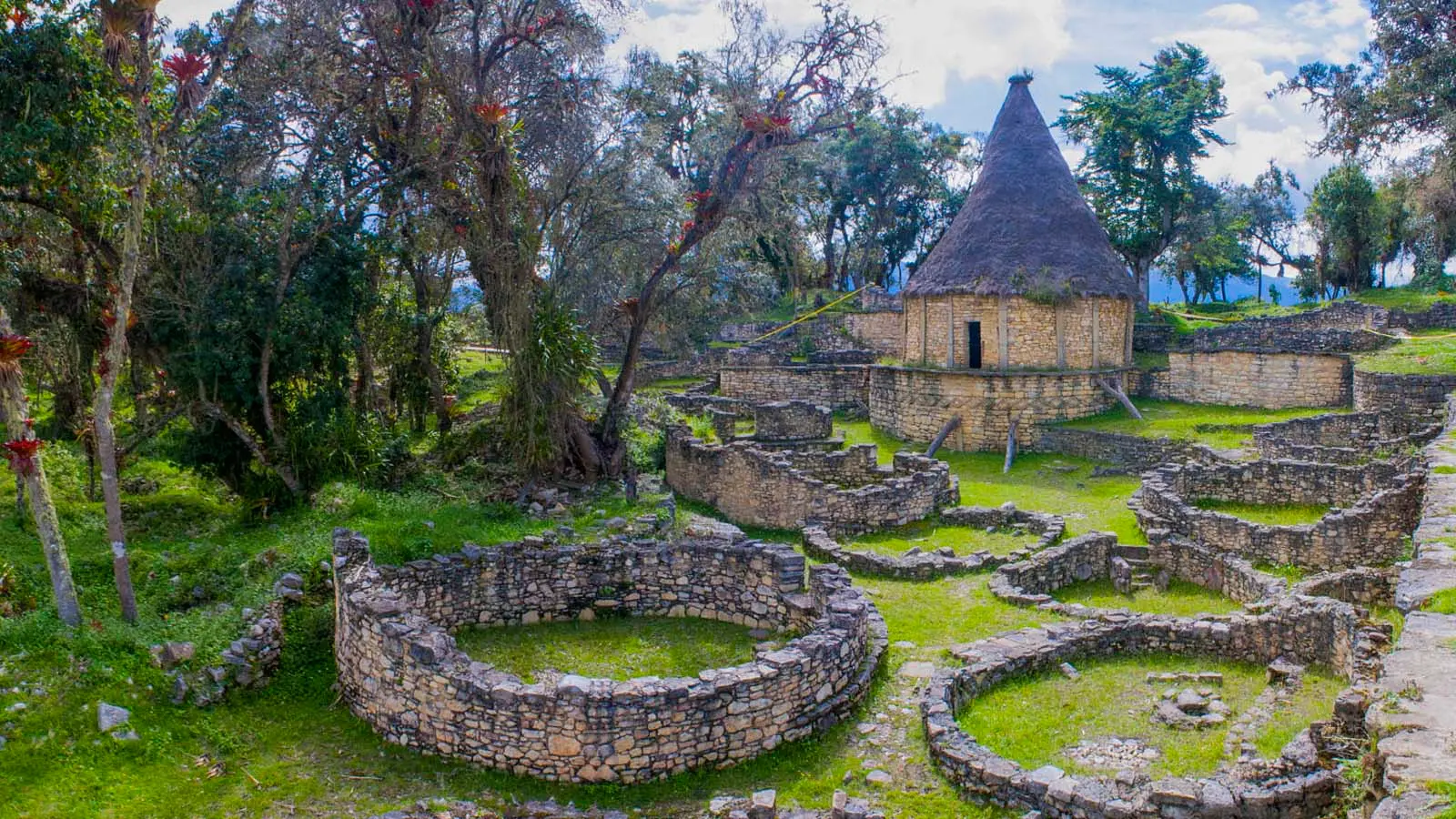
Isla del Sol (Island of the Sun)
The Inca Empire extended beyond present-day Peruvian territory, covering parts of Colombia, Ecuador, Bolivia, and Chile. Located on the highest navigable lake in the world, Isla del Sol is a favorite destination for visitors to Lake Titicaca. Life on this Bolivian island is peaceful — there’s no noise and no motorized vehicles. A true paradise where ancient ruins blend with turquoise beaches, offering both relaxation and a journey back to the lands of our ancestors.
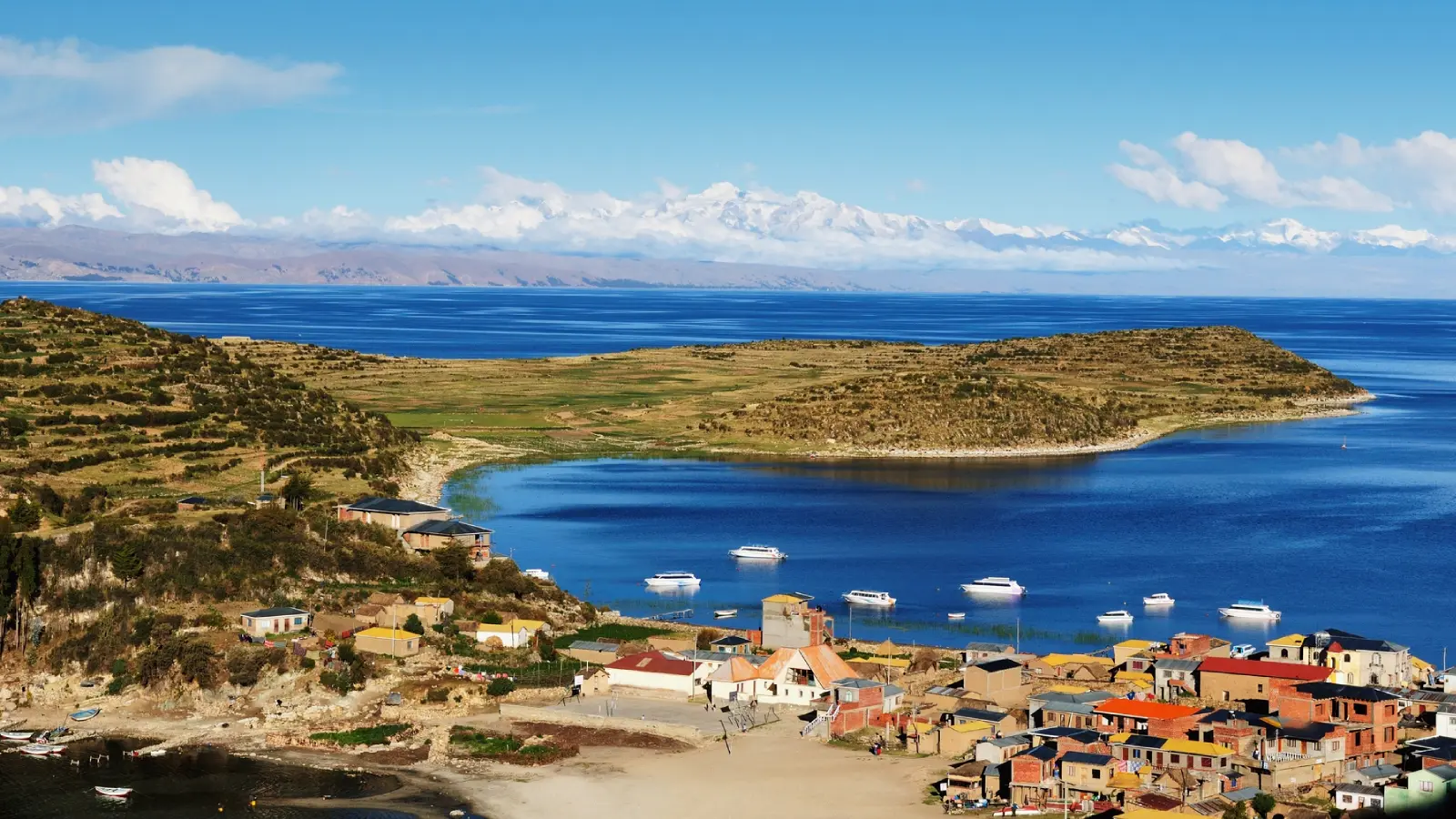
The Temple of Pachamama and the Temple of Pachatata
Amantani Island in Lake Titicaca is home to two temples located at the peaks of the island’s mountains. The Temple of Pachamama and the Temple of Pachatata date back 4,000 years to the Aymara culture, later conquered by the Incas. Pachamama is dedicated to Mother Earth, while Pachatata honors Father Earth.
Chan Chan
Chan Chan, located along the coast between Trujillo and Huanchaco, is a vast complex belonging to the Chimú Empire — the best-preserved and largest pre-Columbian adobe city in South America. It was once the capital of the empire, containing nine royal palaces and home to around 60,000 people. Exploring its palaces and streets feels like stepping back into a powerful pre-Inca civilization that ruled until it was conquered in the 15th century.
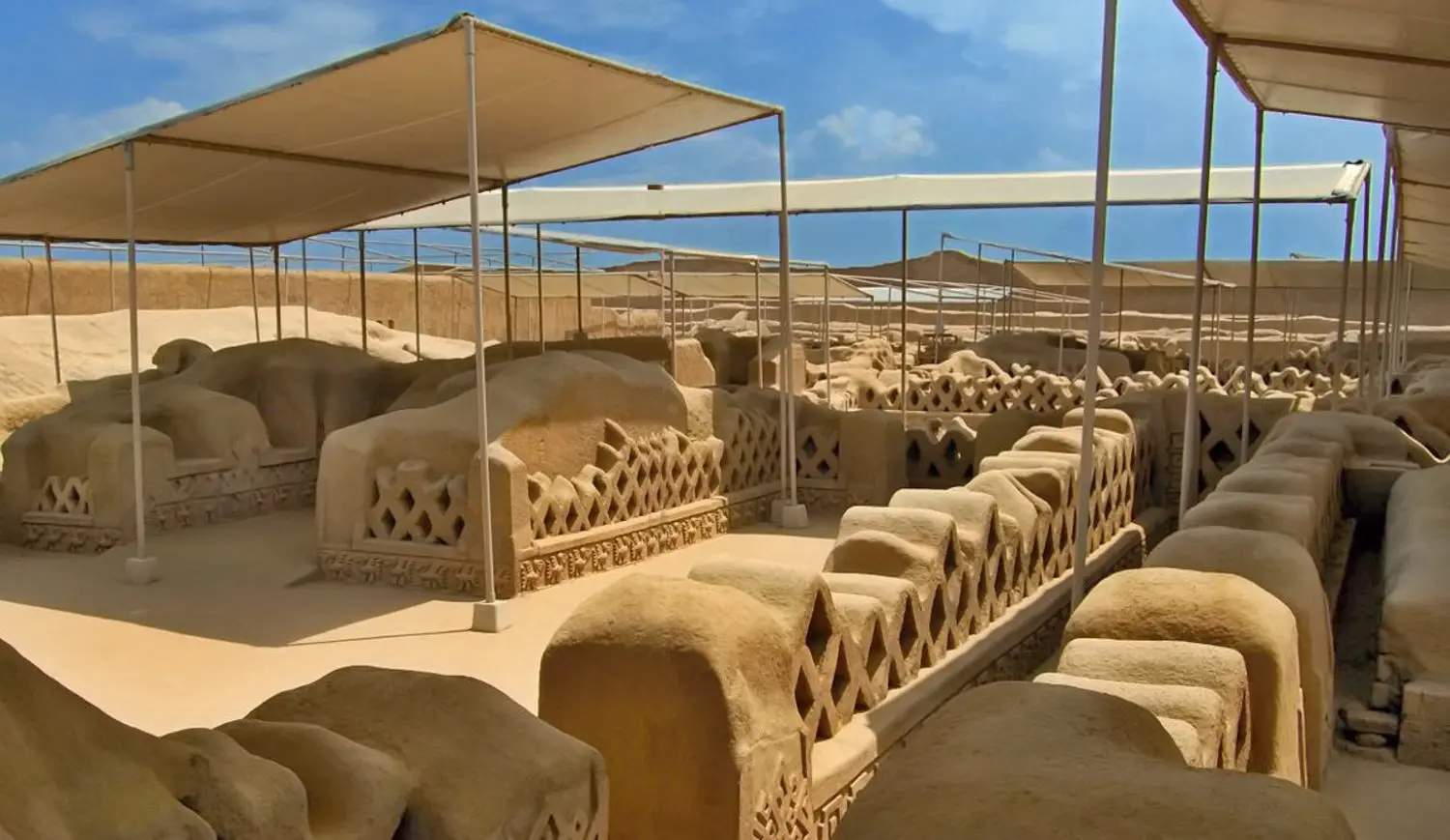
Huaca del Sol
One of the many theories surrounding these impressive archaeological ruins is that Huaca del Sol was a political center, while Huaca de la Luna was religious — and between them lay the city where the rest of the population lived. Today, Huaca del Sol is closed to the public due to lack of funding for necessary archaeological work. Even so, visiting Huaca de la Luna — and seeing Huaca del Sol from there — is absolutely worthwhile.
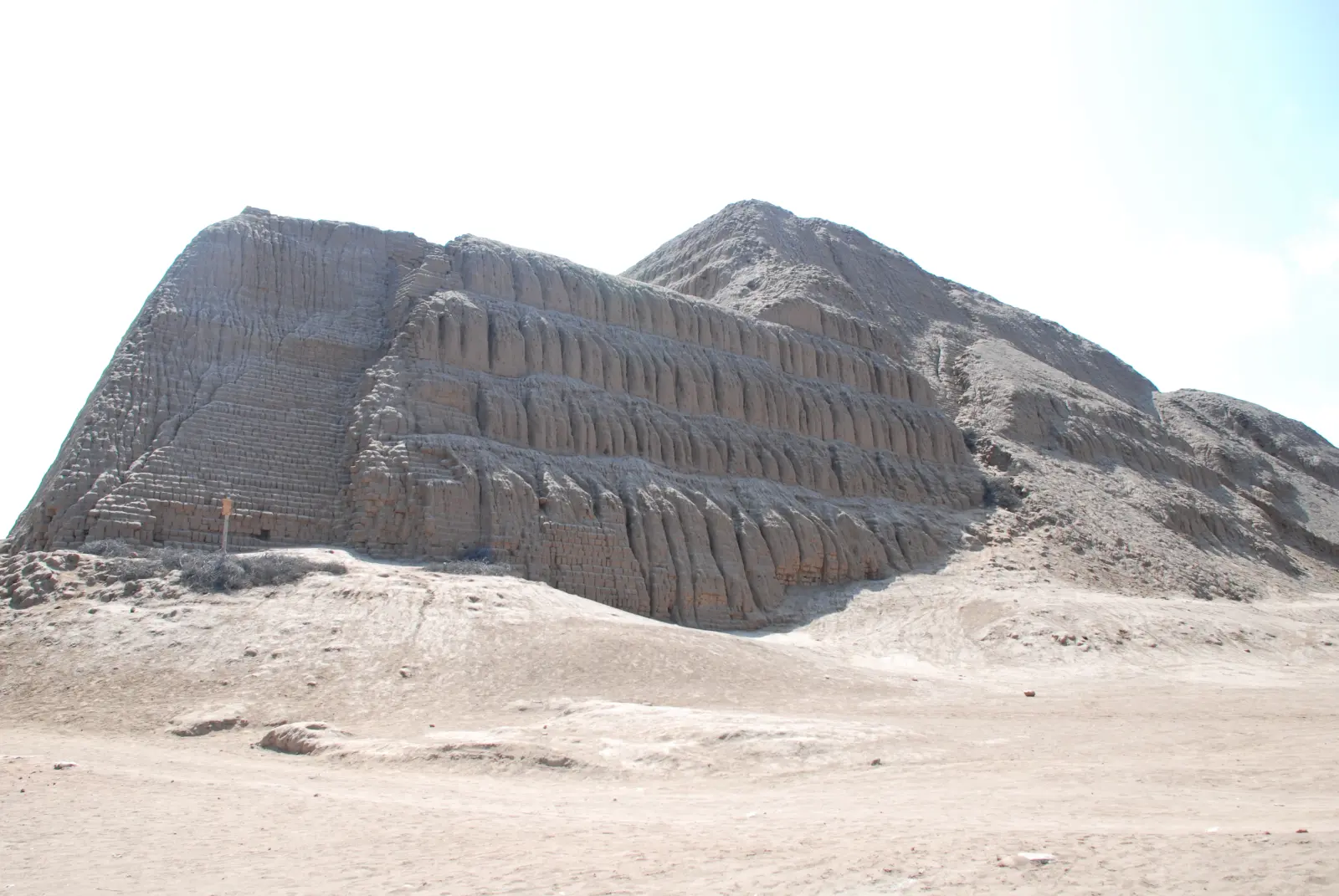
Huaca de la Luna
Although its name may not sound particularly grand, the murals here — depicting strange anthropomorphic beings with feline fangs — are spectacular and still retain their original colors: white, black, red, blue, and yellow. They appear to be painted by modern artists rather than ancient hands.
On the main façade, over twenty meters high, you can see the architectural style of the culture — layer upon layer of construction built over time — making you feel like an explorer from centuries ago, though one who leaves everything behind.
Uyo Uyo
In Yunguyo, specifically — a charming and picturesque village in this Andean region — lies Uyo Uyo, an ancient citadel belonging to this culture. Reaching it requires a moderately difficult hike, but well worth the effort. The views from the top are also fantastic. Even if only to learn the tragic story of how the first inhabitants were expelled by colonists, this site is worth a visit. Not far away, there are thermal baths where locals come to relax and socialize.
The Best Inca Ruins in Cusco
Machu Picchu
At the top of the list of the best Inca ruins, Machu Picchu overlooks the valleys from every angle. Trains from Ollantaytambo drop you off at the entrance, where guides will take you through the different sections of the citadel, including houses, palaces, temples, and ceremonial areas.
More than 700 garden terraces seamlessly blend the complex with the surrounding mountains. The stonework and intricate details of the buildings are among the finest examples of Inca craftsmanship in the region. The true purpose of the site is still debated. Some say it was a mountain retreat for royalty, while others believe it had a primarily military function.
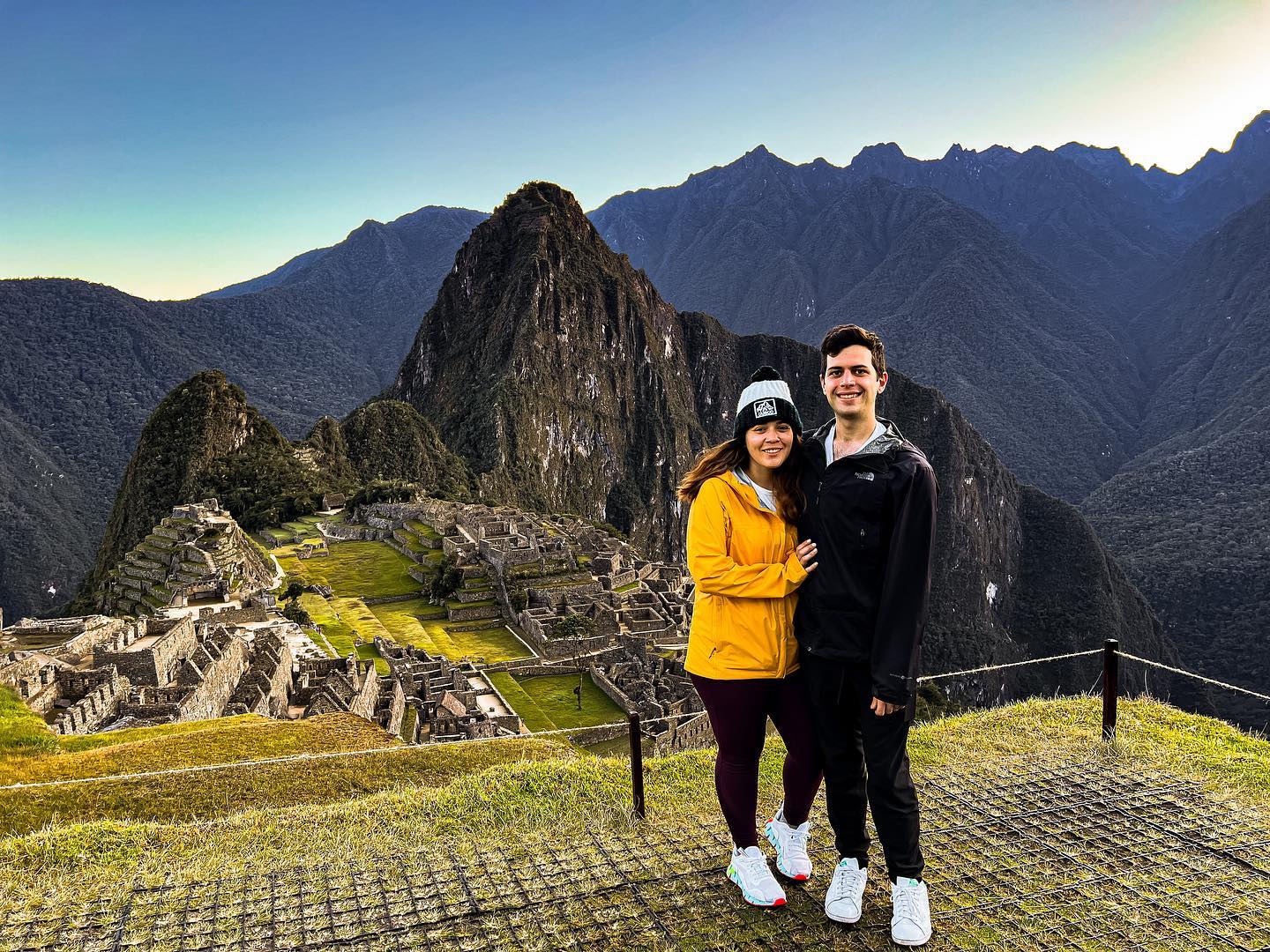
Choquequirao
Many believe Choquequirao was the lost city Hiram Bingham was actually searching for when he stumbled upon Machu Picchu. First discovered in the 1970s, the jungle had reclaimed the site, and today only a third of it has been excavated. Rows of terraces, temples, and water sanctuaries lead some to believe it was dedicated to the sea goddess. Others have found evidence suggesting it was the final stronghold of Manco Capac when he fled the Spaniards after their arrival.
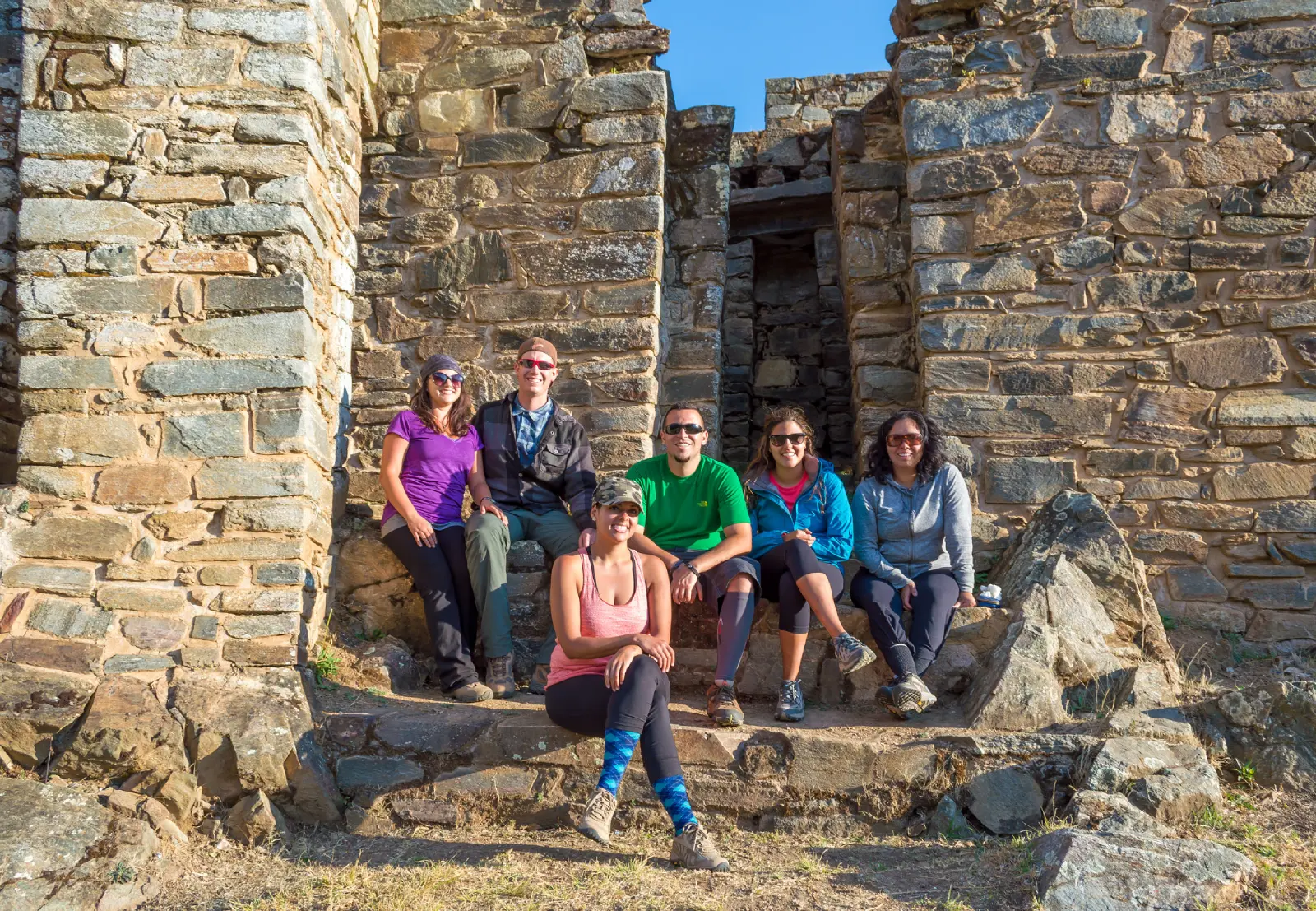
Qoricancha – Temple of the Sun
This was a complex of temples built during the height of the Inca Empire, showcasing the wealth and royalty of the civilization. A series of temples were dedicated to different deities: the sun, the moon, Venus, and the stars.
Golden reliefs adorned the walls, statues filled the gardens, and a massive golden astrolabe reflected sunlight onto the enclave where the Inca ruler sat — just the beginning of its splendor.

Sacsayhuaman
A fortress spanning twelve square miles atop a hill overlooking Cusco, Sacsayhuaman was built by the Inca emperor Pachacutec. Pachacútec expanded the empire and also constructed Machu Picchu. The fortress features three layers of defensive walls made of stones weighing up to 360 tons, perfectly fitted together without mortar — and still standing firm today.

Pisac
At the start of the Sacred Valley lies Pisac, a small town known for its weekly market and a great place to experience local life. It also serves as the gateway to the ruins of Pisac — a mountaintop complex that once served as a city, fortress, temple, and agricultural center. The terraces, intricate stonework, and breathtaking views of the valleys below make the climb worthwhile.
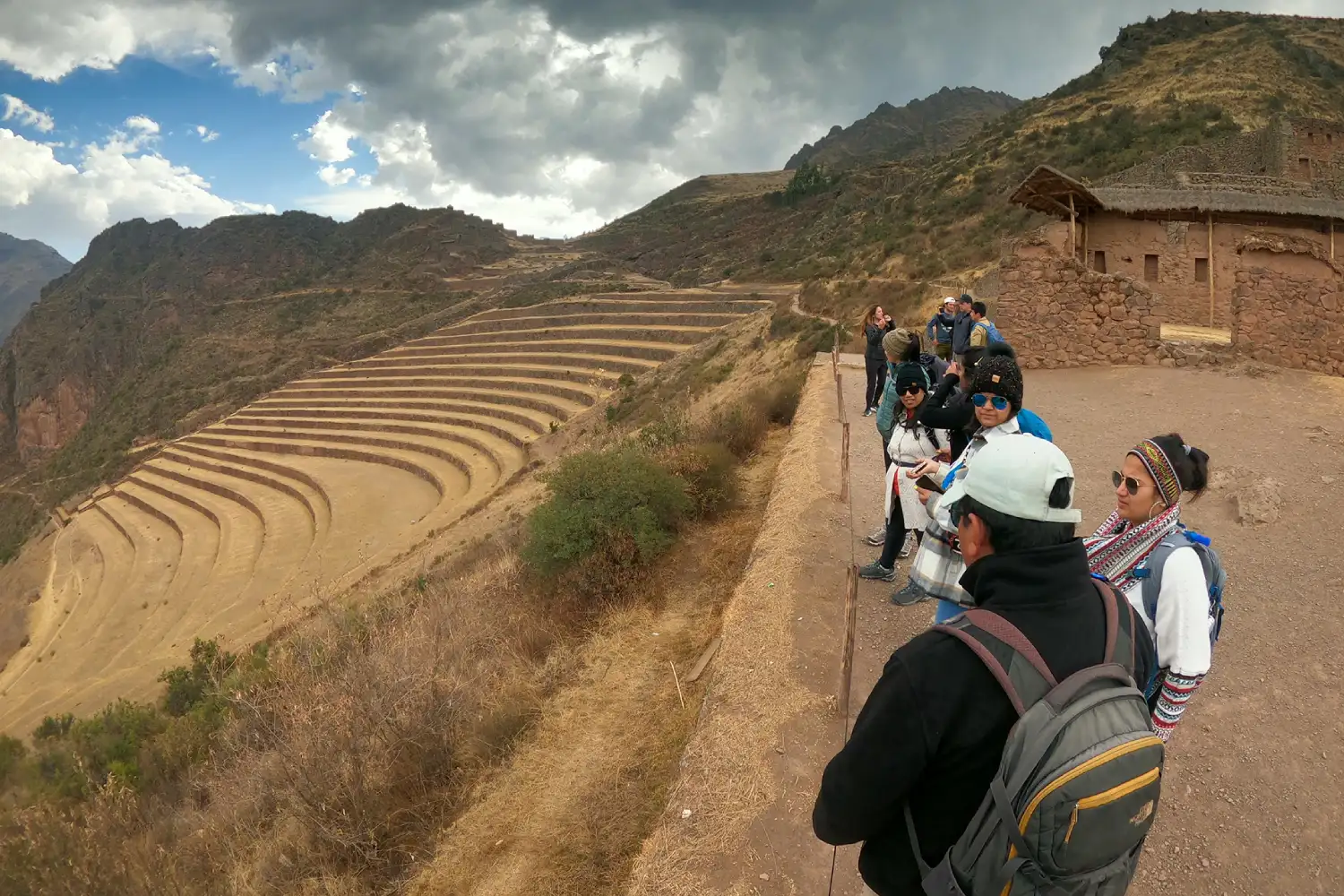
Ollantaytambo
The well-preserved ruins of the ancient city, the temple hill, a ceremonial area, and the agricultural sector are best explored early in the morning or late in the afternoon — before or after the crowds arrive.
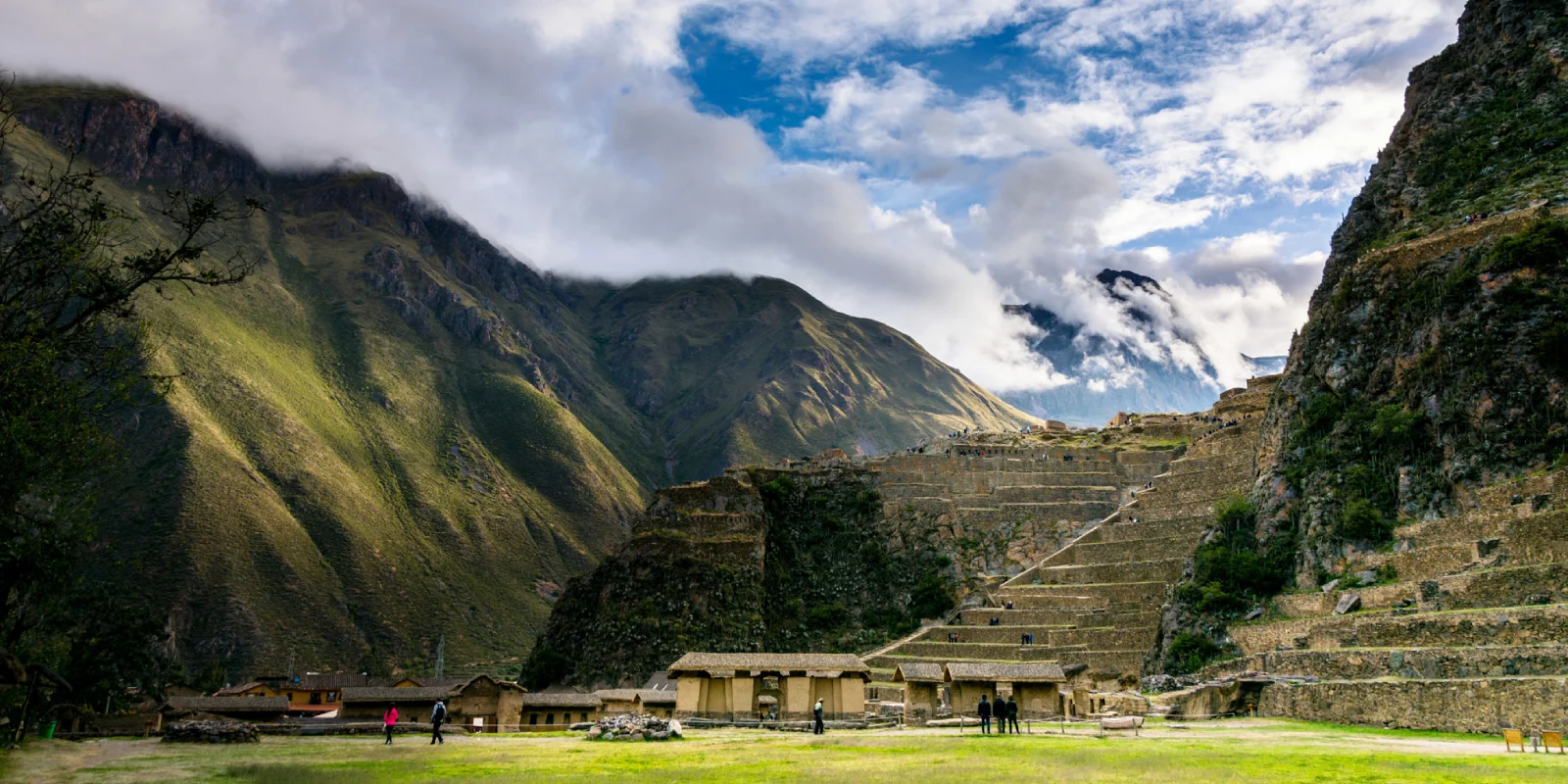
Moray
Populated with palaces, temples, and fortresses now recognized as World Heritage Sites, the Sacred Valley was, for the Inca Empire, an extension of its capital, Cusco. Within the valley lie the remains of Moray — a massive set of terraces that served as an agricultural laboratory for the Incas. It is believed that the circular design allowed them to create various microclimates, enabling them to grow crops at different altitudes. An incredible human achievement worth experiencing firsthand.
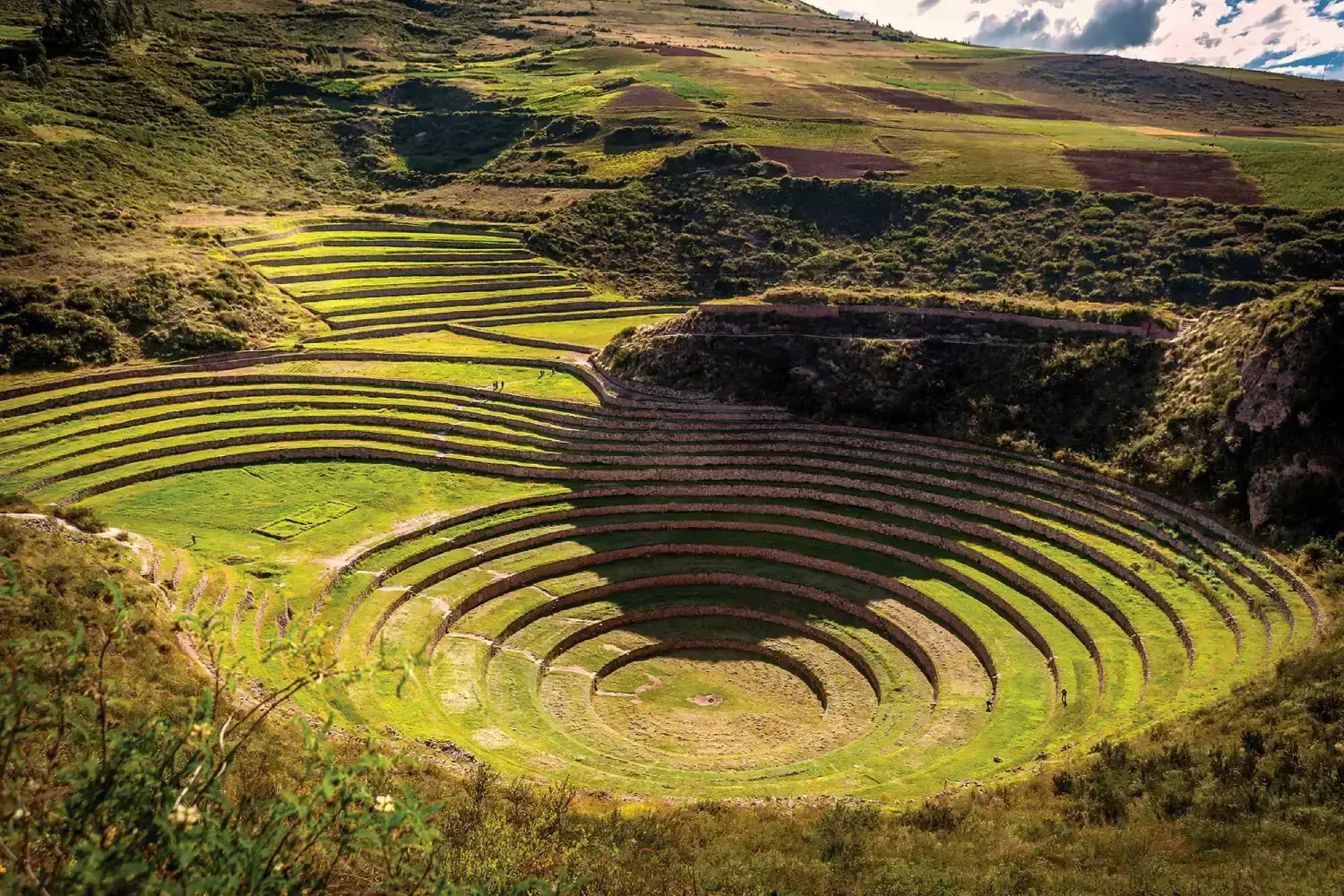
Waqrapukara
Waqrapukara is so little-known that experts are still unsure whether it was a fortress, a sanctuary, or even an astronomical observatory. This monument is located at 4,300 meters above sea level in the Apurímac canyon, south of the city of Cusco. Its landscape is breathtaking — surrounded by impressive platforms, plazas, and a gigantic monolith overlooking the mountain scenery. Unlike other crowded destinations, in Waqrapukara you can camp nearby — an extraordinary opportunity to enjoy the magical night sky in this special place.
